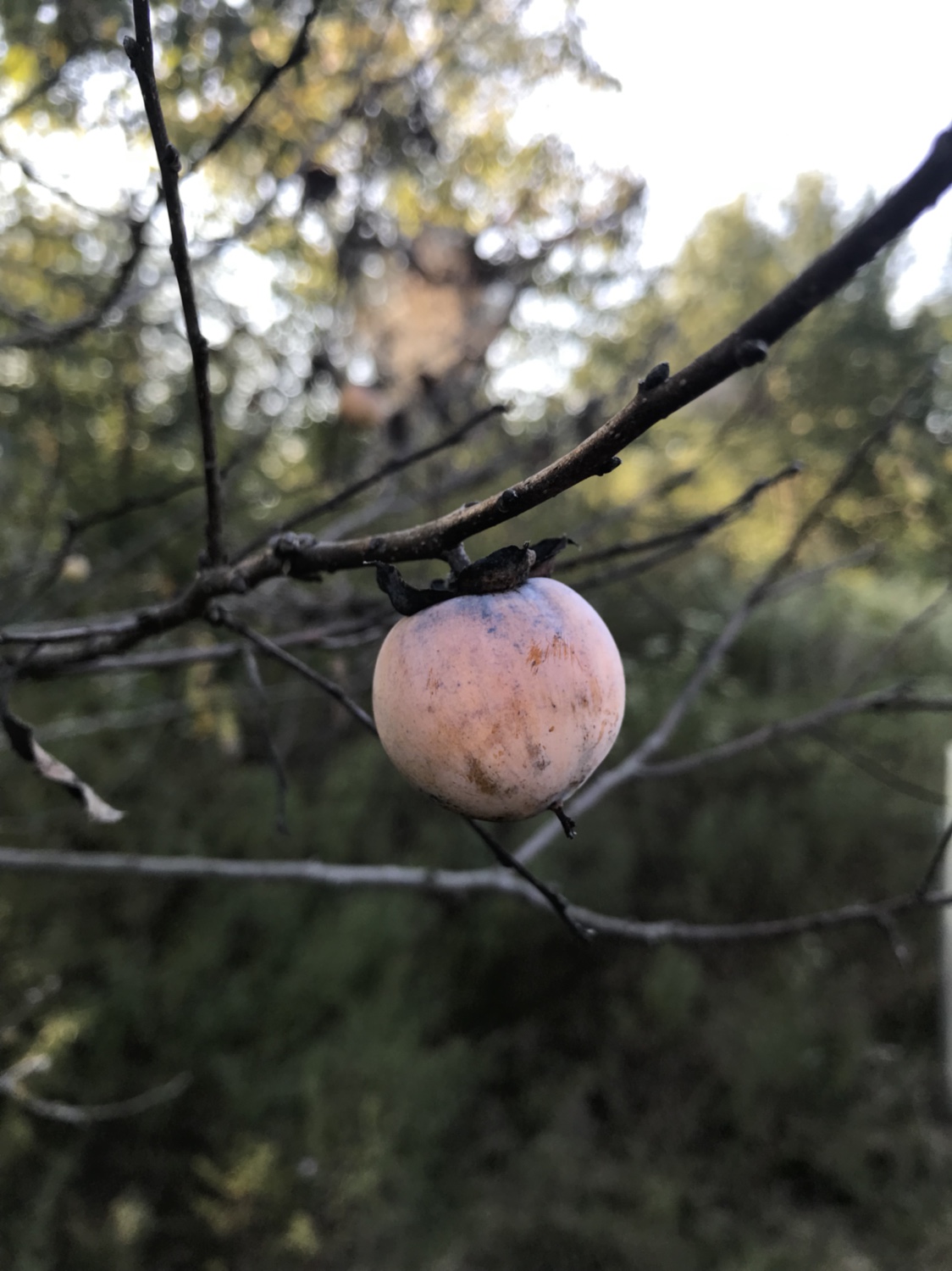Yes, you can topwork them, and the success rate has been high for me and other members of this forum. Late droppers are more common here than early droppers, but we have both. Drop times for me range from mid August to February.
The first year I topworked trees I didn't brace the grafts, and lost several to strong winds as they grew tall later in the year. After that I started bracing them the first year with cane poles and duct tape. Since that time I have never lost a graft, so the bracing is important - at least it has been for me. This is also true of apple and pear - not just persimmon. I leave the bracing the entire year and remove it the next spring. By that time the grafts have hardened well and can take the wind.
Right now my persimmon inventory is roughly as follows:
- 18 trees producing fruit. A combination of seedlings I set and native volunteer trees.
- 12 trees successfully topworked to females in the last 2 years.
- 10 more relatively small seedling trees which I set, that have not revealed their sex yet. I can go ahead and topwork or wait and see. Will probably wait and see.
- 7 grafted female trees I have bought and set out. Growing very slowly.
- Many more males (large and small) scattered around at different places. Most of these I will just leave alone. This area is a persimmon mecca.





